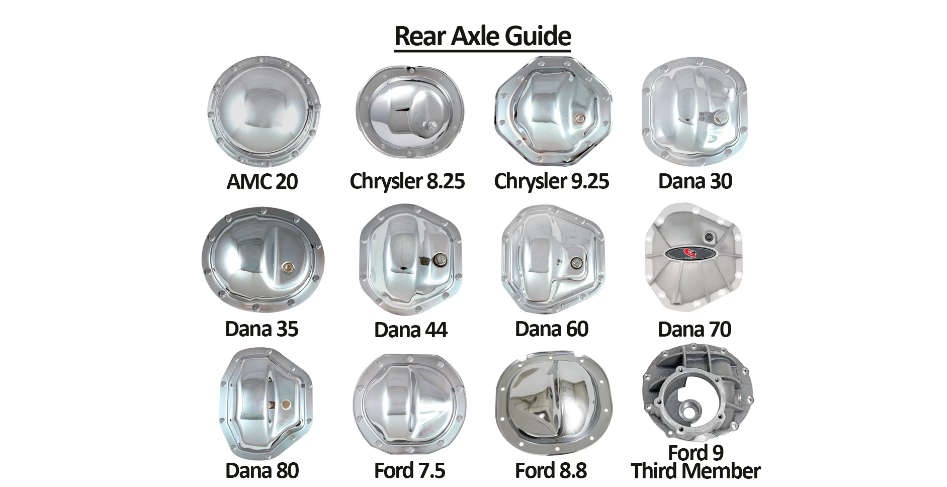Get The Tire You Need for the Daily Grind
How to Improve Stopping Power for Your Classic Chevy Truck
Swapping your 1960-91 Chevy or GMC pickup’s rear drum brakes for disc brakes is a great way to improve the truck’s stopping power. It’s also easy thanks to LEED Brakes’ Rear Disc Brake Conversion Kits. The bolt-on kits include 11.5 inch rotors and single piston calipers with pads and a built-in parking brake. LEED even designed the caliper mount so you can position the caliper in one of three positions to provide additional clearance of suspension components.
The Tire You Need for the Daily Grind
Not everyone wants a gnarly all-terrain or mud tire for their daily driver or work truck. If that’s you, Michelin’s LTX M/S2 all-season tire offers a great balance of performance and life. The tread design improves braking performance in the wet and traction in the snow, and can last up to 20,000 miles longer than competitors’ tires. That’s a good deal all around.
More Traction for Your Heavy-Duty Truck
If you have a 3/4- or 1-ton truck or van from GM, Ford, or Dodge with a Dana 80 rear axle, better traction is yours with a Powertrax Grip Pro Traction System. The gear-style differential automatically transfers torque to the tire with the most traction smoothly and quietly to keep moving the vehicle forward. Because it’s modulated by throttle input, the driver is always in full control of how much traction is being applied. And since there are no clutches to wear out, maintenance is reduced and service life is increased—a big win-win any way you slice it.

Axle ID: A Quick Guide to Identifying Common Rear Axles
Seasoned car guys can often identify cars at first sight.
But how many of us can easily ID a vehicle’s rear axle? It’s a handy skill to have for sure — especially when you’re scouring a junkyard for a replacement axle or evaluating a potential project vehicle. We’ve put together this visual guide to help you hone your rear axle spotting skills.
It’s worth noting that rear axles can sometimes be positively identified by a casting number and date stamped on the differential cover or axle tube. However, road debris, dirt, grime, and general age can obscure these numbers. Fortunately, you can tell a lot about a rear axle by its shape and number of bolts on the differential housing. Continue reading axle tech from Summit Racing.


